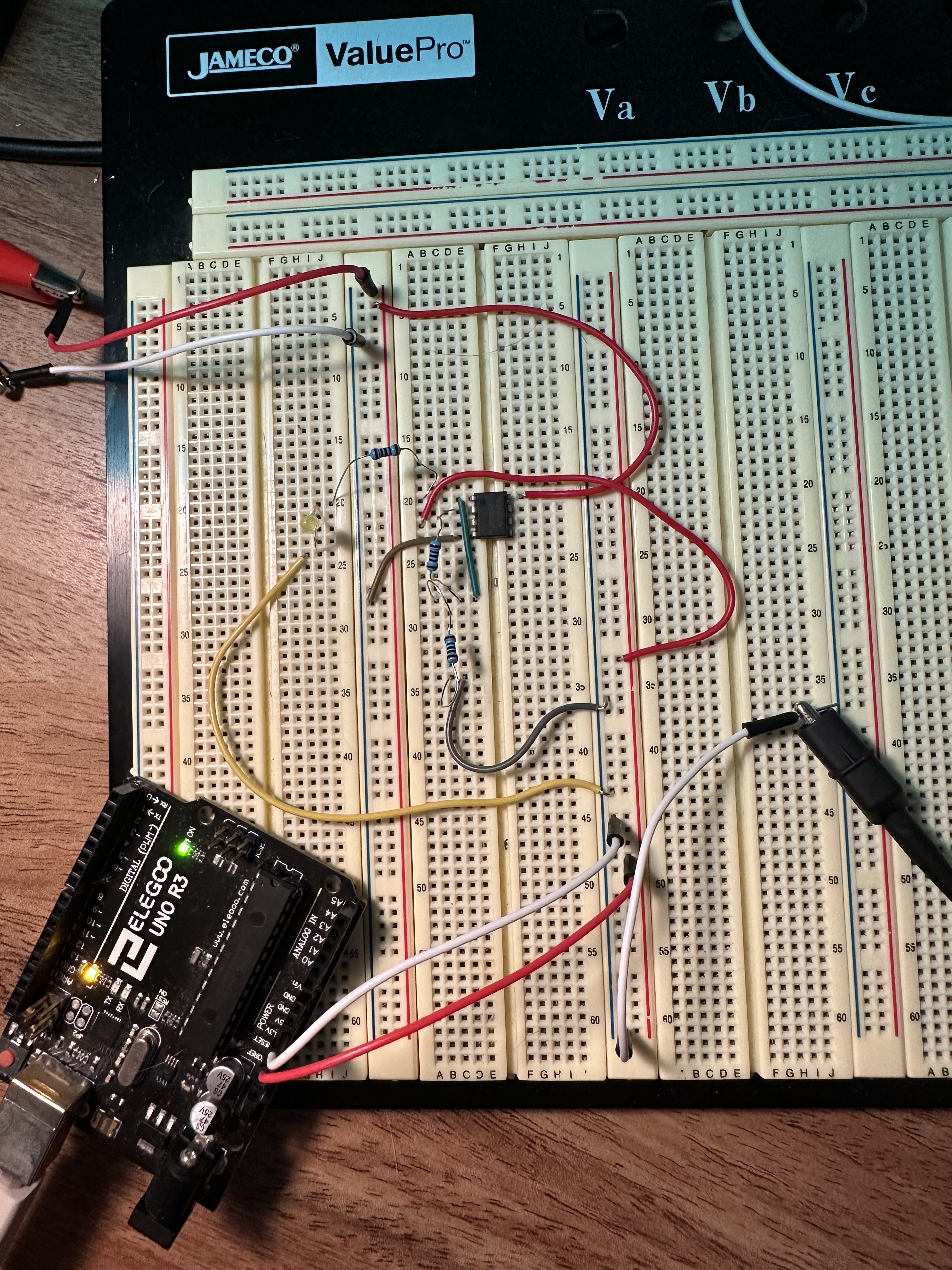this post was submitted on 29 Jun 2023
7 points (100.0% liked)
Ask Electronics
3332 readers
68 users here now
For questions about component-level electronic circuits, tools and equipment.
Rules
1: Be nice.
2: Be on-topic (eg: Electronic, not electrical).
3: No commercial stuff, buying, selling or valuations.
4: Be safe.
founded 1 year ago
MODERATORS
you are viewing a single comment's thread
view the rest of the comments
view the rest of the comments

But that's the thing, it outputs 10V even when the 5V rail from Arduino is disconnected at V+ (pin 3).
Put a pot between the arduino's +5V and the circuit, see what happens when you turn it. A 10K to 100K pot should be enough.